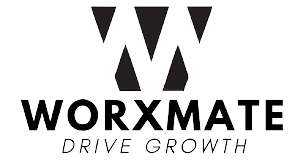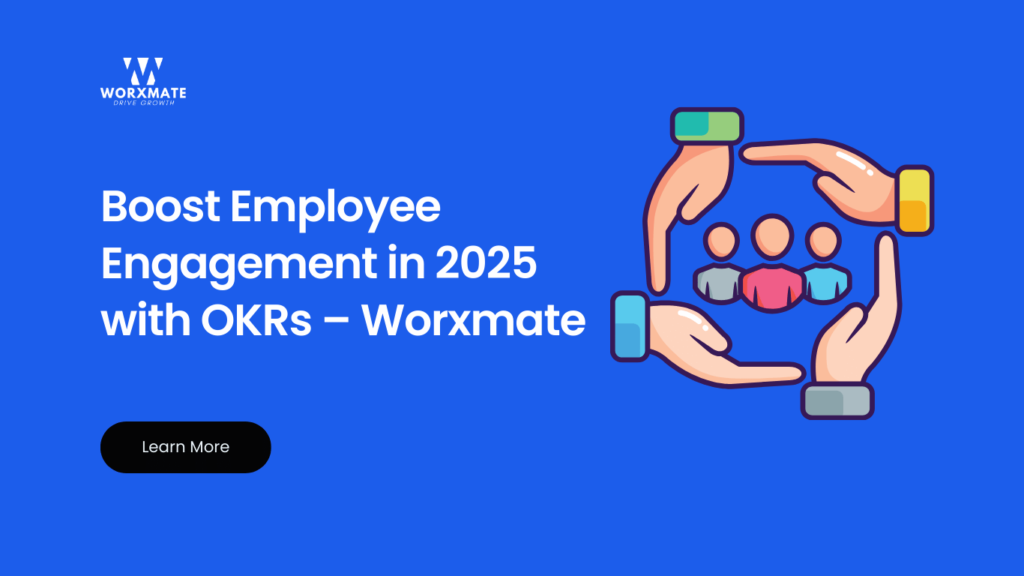Employment engagement is a HR concept which refers to the enthusiasm and dedication of an employee towards their work. The sense of belonging which has been generated inside them is brings in a job satisfaction.
Employee engagement is a very crucial component that brings in company’s success. According to Deloitte, 93% of the people agreed that the sense of belonging brings company’s performance.
One tool that can really help the employee engagement process is Objectives ad Key Results (OKR). OKRs are a collaborative goal setting tool that aligns challenging goals with measurable results.
The strategic integration of OKRs emerges as a powerful link for transformation. They create an organized space for employees to work. They are very much useful for HR to maintain a high output management, team alignment and enhance communication. Employee Engagement is very much important in any business.
Purposes of OKRs’ and Employee Engagement Rates
OKRs and Employee Engagement tool will help to maintain an employee’s performance and will also help to retain their employees. It allows to set goals for the company, team as well as for an individual employee. OKR software also assist to track the progress towards their objectives.
While OKR serves as a framework for aligning goals across all the departments and develops focus, adaptability, and accountability. Positive workplace contributions that encourage innovation and teamwork are more likely to come from engaged individuals.
Aligning personal goals with company objectives, acknowledging accomplishments, and using OKR talks for feedback and development are all part of integrating OKRs and employee engagement. These components work in concert to promote organizational excellence, worker satisfaction, and general performance.
How OKRs can help to enhance employee engagement
Firstly, to understand how OKR can help to enhance employment engagement we need to understand the problems that employees face.

These are few issues that OKR can solve and makes work life balance simpler for the employees and increases Employee Engagement Rates.
Lack of alignment with goals and objectives
The ‘O’ from OKR stands for Objective and it brings in a clarity of goals. It is also a goal setting framework that sets an organizational goal. The employee engagement increases the moment they understand their individual objectives that helps to contribute to their organizational objective.
Minimal recognition of employees
OKRs sets an ambitious yet an attainable key result. When an employee achieves their key results within a specific period of time, they get rewards and recognition. This motivates the employee to give more performance. Since OKR is also creates transparency amongst the organization so everyone is aware of each other’s achievements.
Lack of growth opportunities
OKRs promote personal development by providing measurable outcomes and well-defined goals. Employee empowerment through frequent check-ins and flexibility promotes lifelong learning and career advancement, which benefits individual growth as well as corporate success.
Lack of leadership support
OKRs creates a transparent space and that increases engagement. It can address the challenge of lack of leadership by fostering clear communications and accountability. By setting objectives and key results constant feedback comes in and that builds a culture of support and guidance.
Inadequate training and development
By establishing a framework to assist employees in meeting developmental goals and monitoring their growth, OKRs can support employee learning and development.
OKR Case Study :
For instance, Netflix focuses significant value on the support and development of its employees to encourage a culture of innovation and growth. Netflix helps employees match their goals with the company’s objectives by implementing OKRs at both the individual and team levels.
Employee empowerment and problem-solving are both aided by this. OKRs are used to evaluate worker performance, offer suggestions, and establish paths for professional growth.
Conclusion
In the end the implementation of OKRs can helps to enhance employee engagement that addresses the challenges that are faced by employees. OKRs provides clear goals, fosters rewards and recognition for the employee’s achievements, encourages personal growths, enhances leadership support, and facilitates training and development.
The alignment that OKR creates not only boost employee motivation and performance but also cultivates a work culture that has transparency, accountability, and a room for continuous improvement in a company.
By implementing OKR into employee engagement activities can lead to job satisfaction, productivity, and a success of both the employee and the organization.
Read More: OKR Examples for HR Teams to Boost Employee Engagement



